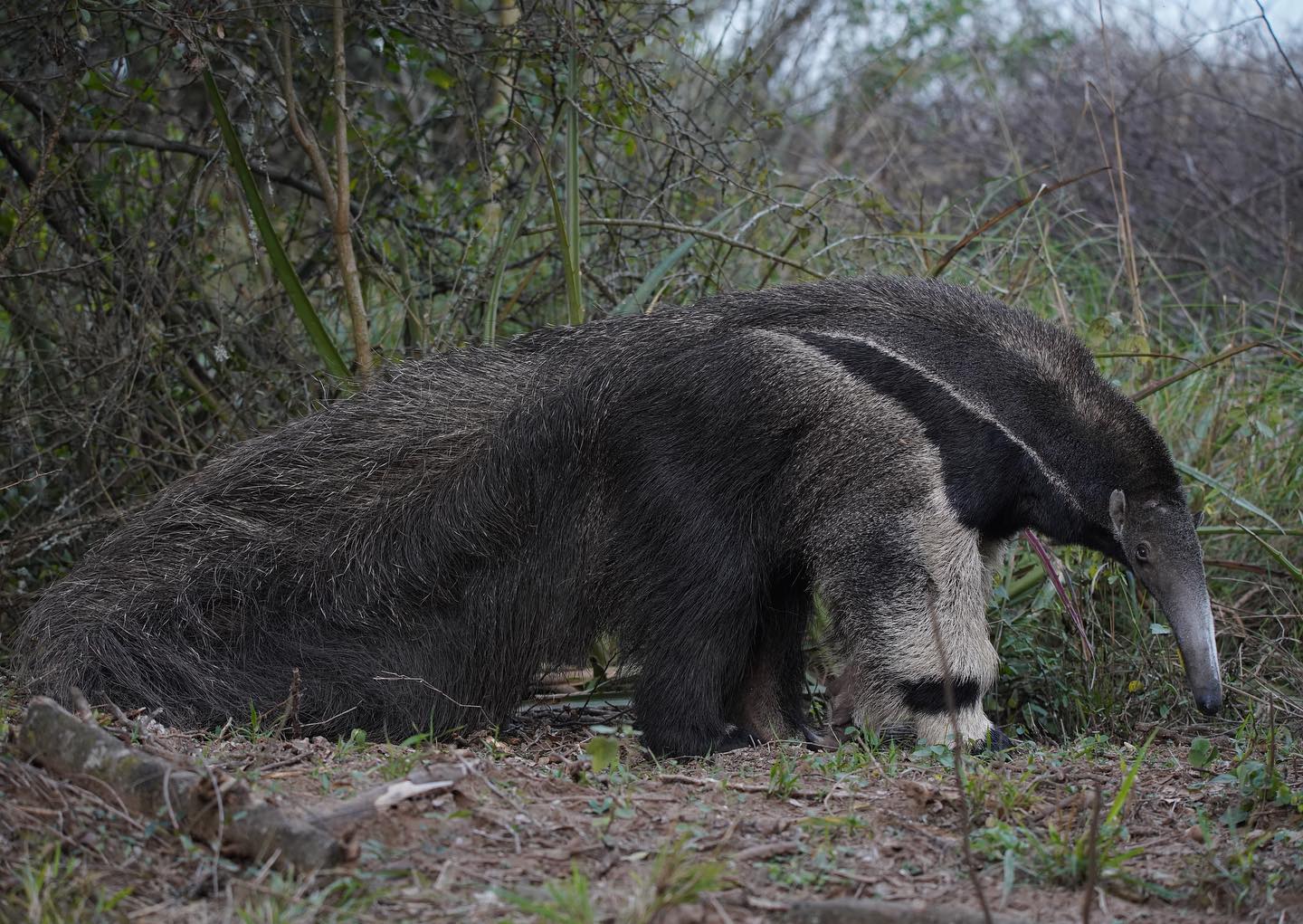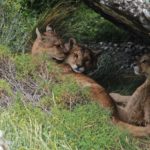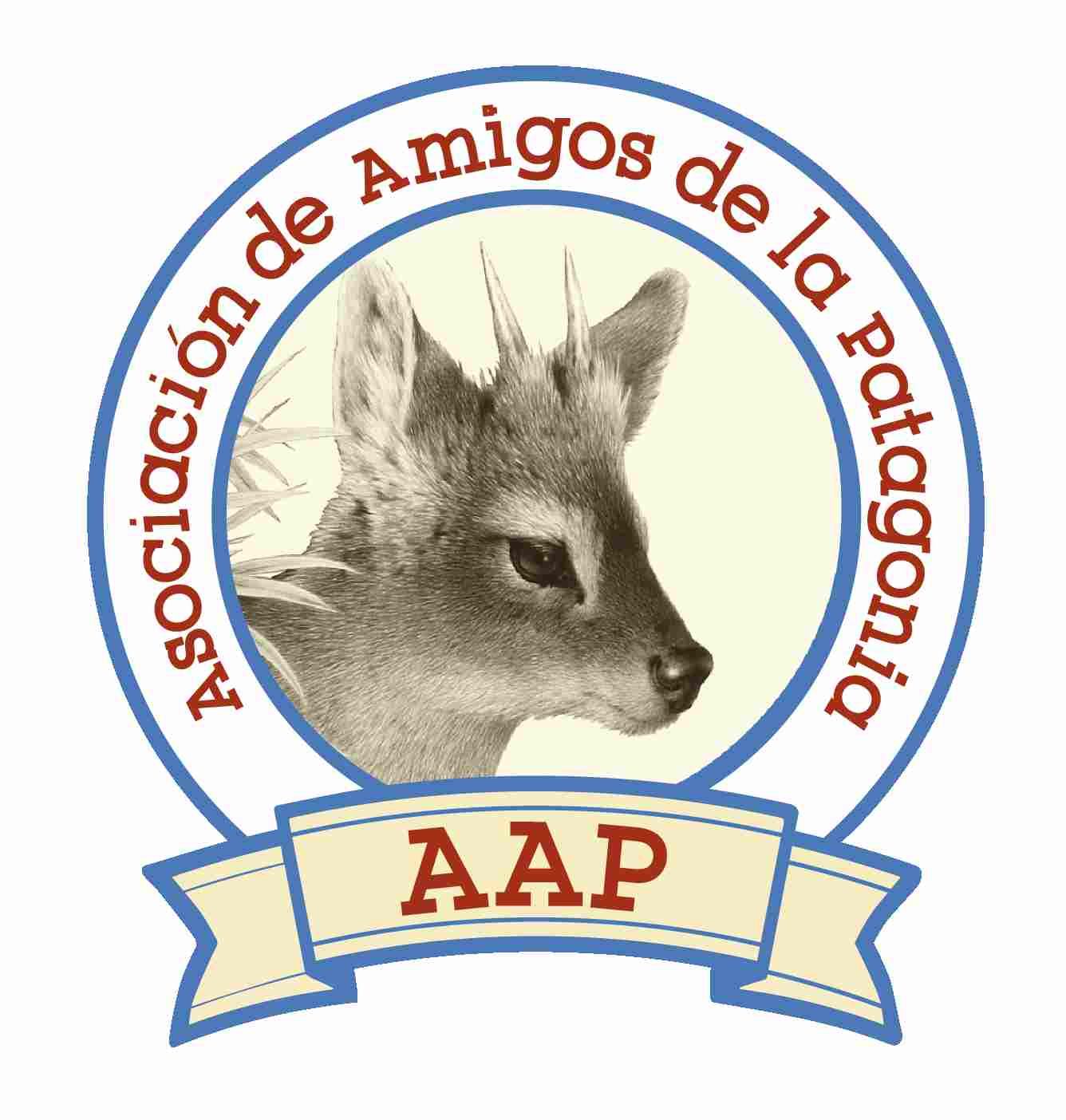
The Giant anteater (Myrmecophaga tridactyla) is one of South America’s most iconic and unusual mammals. With its elongated snout, bushy tail, and slow, deliberate movements, the giant anteater seems like a creature from another world. In Argentina, it is most commonly associated with the Iberá Wetlands in Corrientes Province, but it also once ranged across much of the country’s north and central grasslands.
Once extinct in many areas due to hunting and habitat loss, the giant anteater is now making a comeback, thanks to dedicated conservation programs. Spotting one in the wild is a rare privilege and a symbol of hope for rewilding in Argentina.
Where It Lives
The best place to observe giant anteaters in Argentina is in Iberá National Park, a conservation success story in Corrientes Province. Other potential areas include:
- Chaco Province
- Parts of Formosa and Santiago del Estero
- Reintroduction sites in Gran Chaco, Ibera Wetlands (picture of this article by CLT project in Rincón del Socorro) and surrounding protected areas
They prefer:
- Open savannas and grasslands
- Wetlands and gallery forests
- Areas with abundant termite and ant colonies
Giant anteaters are solitary and elusive, often active during the cooler hours of the day or night.
Physical Characteristics
This fascinating animal has no teeth, but it is perfectly adapted to its diet and habitat:
- Size: Up to 2 meters (6.5 feet) in length, including the tail
- Weight: Between 25–40 kg (55–90 lbs)
- Snout: Long and tubular, housing a sticky tongue that can extend over 60 cm (2 feet)
- Claws: Huge, curved claws on its front feet used to tear into anthills and termite mounds
- Fur: Coarse and gray, with a distinctive black-and-white stripe along the shoulder
Its bush-like tail is used for warmth and camouflage when resting.
Behavior and Diet
The giant anteater is a specialist insectivore, feeding almost exclusively on:
- Ants
- Termites
- Occasionally soft-bodied insects or larvae
Using its claws to open nests and its sticky tongue to lap up thousands of insects per day, it can feed quickly before moving on to avoid bites.
Giant anteaters are:
- Non-aggressive, but capable of defending themselves when cornered
- Often seen walking with their claws curled under to protect them
- Usually solitary, except during mating or when a female is caring for a young one riding on her back
Role in the Ecosystem
By controlling populations of ants and termites, giant anteaters help maintain soil health and balance in insect communities. Their digging also aerates the soil, contributing to ecosystem regeneration.
Their presence is a powerful indicator of healthy, functioning ecosystems, especially in regions recovering from decades of environmental degradation.
Conservation Status
The giant anteater is listed as Vulnerable both globally and in Argentina, primarily due to:
- Habitat destruction (agriculture, fires, infrastructure)
- Road accidents (as they move slowly and are hard to see)
- Illegal hunting in some areas
Thankfully, conservation projects like Rewilding Argentina have reintroduced giant anteaters to protected areas like Iberá, where they now thrive under protection and public support.
Wildlife tours in Argentina
The giant anteater is a living symbol of conservation success in Argentina. Majestic, gentle, and perfectly adapted to its niche, it inspires awe and reminds us of the importance of protecting wild spaces.
For visitors to Iberá or the Gran Chaco, spotting this incredible creature—slowly moving through the brush or pausing to sniff the air—is a truly unforgettable wildlife encounter.
We’re a local tour operator based in Buenos Aires, which offers custom tours in Argentina and Chile. We invite you to contact us, and start planning your next incredible journey to South America!
Get inspired by some of our travel ideas, listed below:
Puma Tracking Tour and Orca Watching
Mision Province & Ibera Wetlands
Orca Whale Watching in Patagonia Argentina
Iguazu Falls, Peninsula Valdes and the Wetlands
Where to see Penguins in Patagonia
Peninsula Valdes: Wildlife Tour
0












